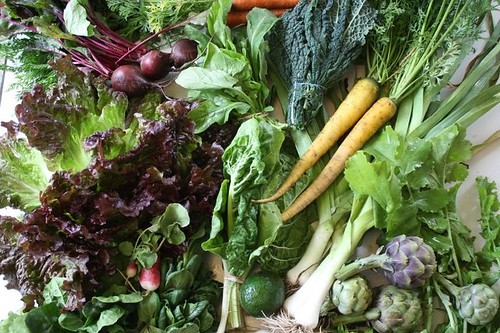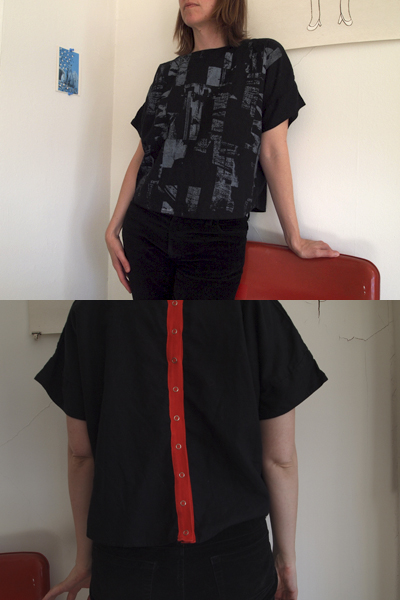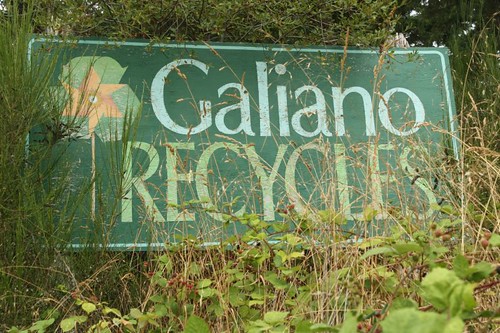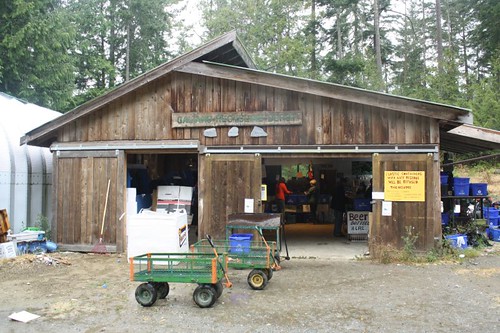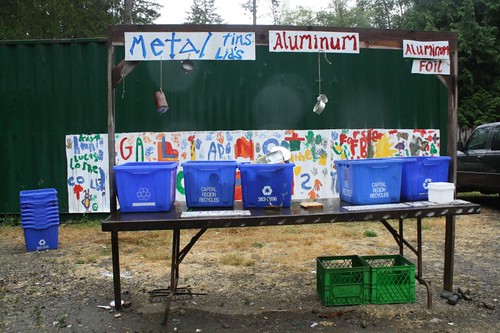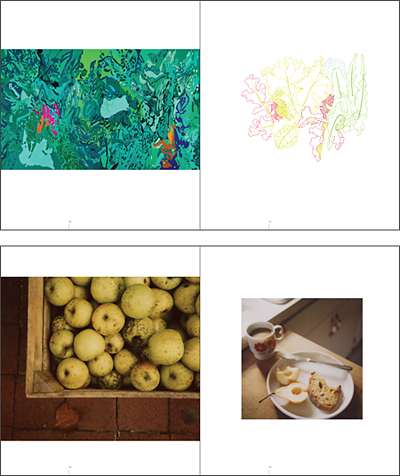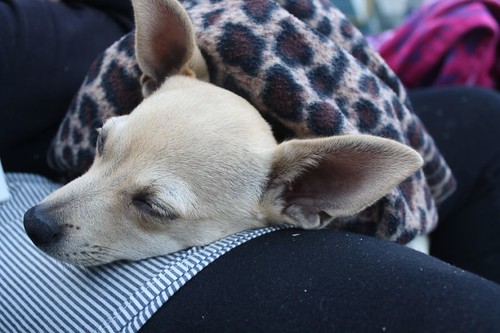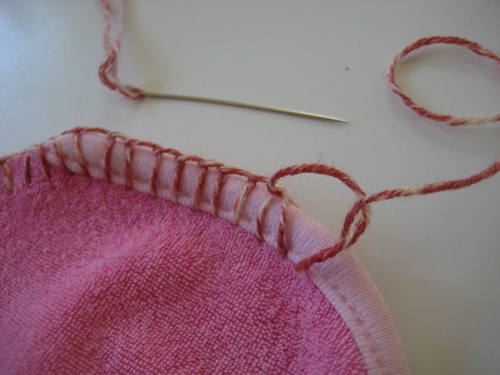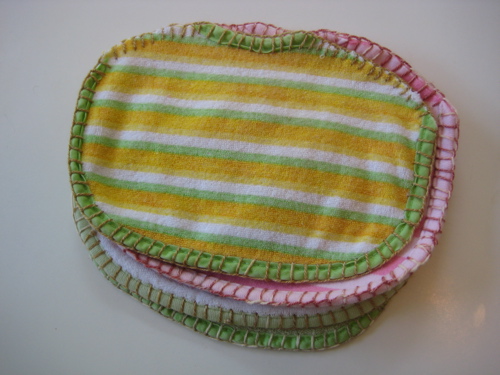We all know this season can be stressful in a whole slew of different ways. One of the things about the season that stresses me out is trying not to lose touch with my sustainable living goals as the madness of the holiday season ramps up. My husband always reminds me to go easy on myself because the world doesn't necessarily make it easy for us all to do the right thing. Nevertheless, here's my list of five easy ways I've reduced the amount of waste my festive season generates. Please feel free to post your own tips in the comments!
1. Give the Gift of Nothing.

Nothing tangible, that is. One of the best gifts my best friend Kat ever gave to me was agreeing to read one book of my choosing. She put no other limits on it, saying I could choose fiction or non-fiction, heavy or light, trashy or deep. Whatever I chose, she promised to read from cover to cover. After much thought I asked her to read Animal, Vegetable, Miracle by Barbara Kingsolver. That book changed the way I felt about food and inspired me to make small changes in how I ate every day, and I thought it might do the same for her. It did! Seeing her start to patronize local farmers' markets and even can her own spaghetti sauce and apple sauce in the fall, was amazing and exciting for me. The gift lasted for months! And if you choose a book that's available through the local library system, no one needs to buy anything!
2. Give To Someone Who Really Needs It.

This year my brother, sister-in-law, husband and I all agreed to give to charity instead of giving each other gifts. I'd initially suggested that we all donate to one charity, but my brother had the genius idea of choosing a different charity for each person, so we could have the fun of picking something uniquely suited to each of us. And it keeps up the all-important surprise factor.
One word of advice about this kind of gift giving. If you're going to pitch this to family members or friends, I'd encourage you to do it as early in the season as possible. Some people buy gifts early, and nothing breeds resentment like you swooping in with your awesome non-gift gift ideas when they have something wrapped up and stowed away for yo already.
3. If You Do Give a Gift, Use Reusable Wrappings.

I've been an enemy of wrapping paper for years, and this has led to me sewing my own fabric gift bags. These are the easiest things to sew, and a great beginner project. All you need is a rectangle of fabric. Hem one side and then fold the wrong sides together and sew up the other three sides. Turn it right side out and pop your gift in there. You can tie it closed with reusable ribbon or twine and attach a gift card to the ribbon. It takes almost no time and the bags can be used over and over again. I always buy Christmassy fabric when I see it in the fabric section at second hand stores, regardless of the time of year (you'd be surprised what shows up in July!) I take it home and wash it and stash it away for gift giving season. I also try to keep some of my bags every year so I don't have to make all new ones the following year. but people seem to like to keep them to give their own gifts in, which is fine too!
(My aforementioned friend Kat posted my more detailed fabric gift bag tutorial on her blog if you need a bit more coaching!)
4. Buy Local Everything.

Most people have to buy holiday specific things this time of year, whether they're giving piles of gifts or not. As tempting as it is to order everything off the internet, buying from a local store or local craft sales or local artists or local farmers, means that you control how much packaging your gift comes wrapped in. You can also ask questions about how things are made and shipped, and as a bonus you're supporting your local economy and the people in your community who depend on it. One of our local farmers' markets has a special Christmas market every year where you can buy both gifts (soap, jewelry, quilts etc) and food. I came home this year with a big bag of locally grown carrots, beets, Jerusalem artichokes, honey, and cranberries.
5. Clean Out Your Pantry.

This one only really occurred to me the other day. I had done a hurried, frazzled grocery shopping trip and came home feeling overwhelmed by all the stuff I still need to do as the holidays approach. When I started putting my purchases in the fridge and pantry, I realized that not only did I have minimal space in the fridge and pantry, I also had no idea what was taking up all that space in the first place. I got so agitated my husband had to put everything away for me.
The following day I got up early and went to work a few hours before I normally begin my days. This, plus skipping my lunch, allowed me to come home three hours earlier than normal. I spent those three hours cleaning out the fridge and pantry cupboard. I dug deep and found that I had bulk items in the pantry that I'd forgotten about. Everything got organized and put into my collection of glass jars. Now I am completely aware of what's available to me as I start my holiday food prep. There will be no over-buying and wasting of food. Plus I know what I need to use up and I can do that before it goes stale. And it had the added bonus of making me feel so much calmer about my kitchen in general. Win, win.
J.










